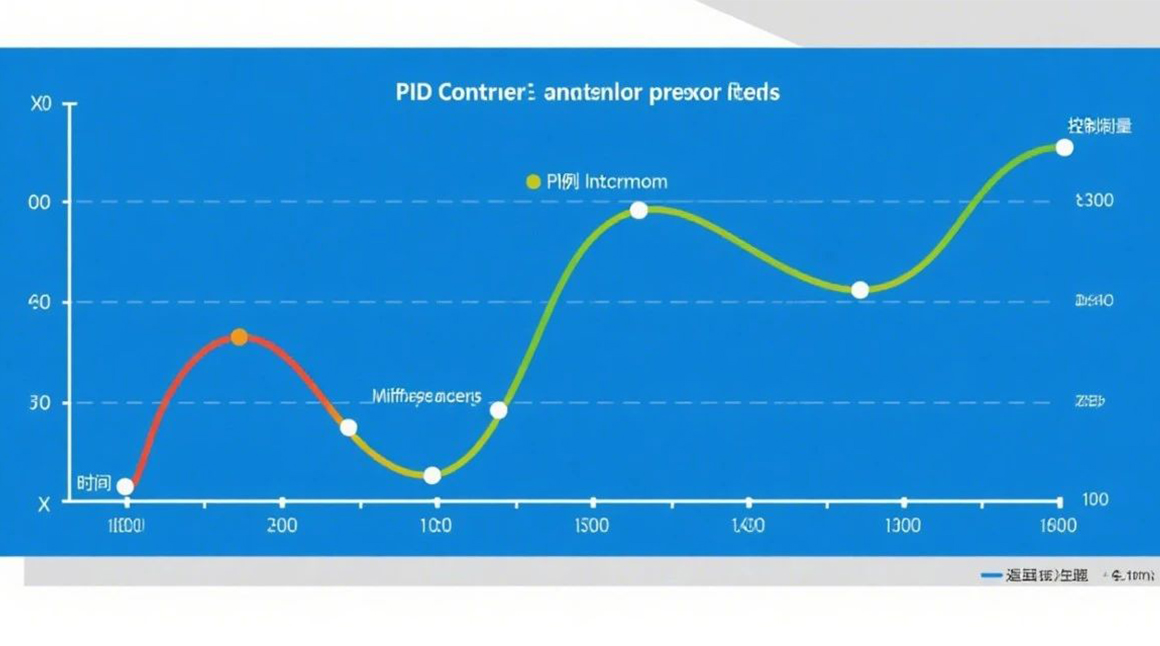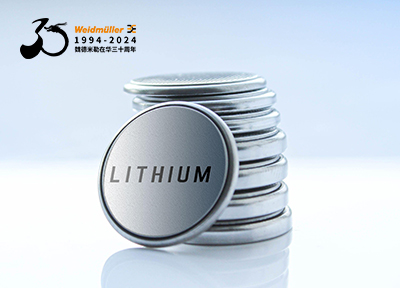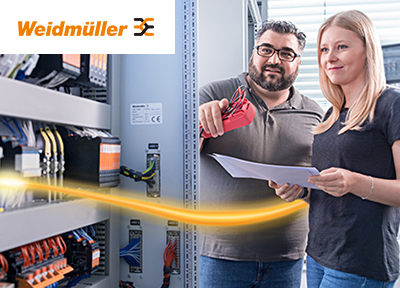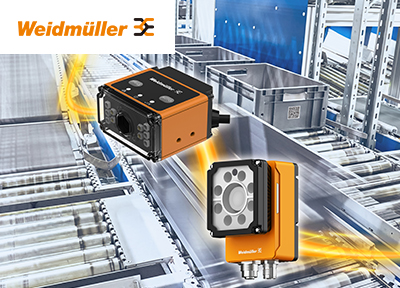It is surprising that more than 30% of all factory PID control loops are operating in manual rather than automatic mode. To make matters worsewww.cechina.cn, of those loops operating in automatic modeCONTROL ENGINEERING China版权所有, 65% produce less variance when in manual. This reality is possibly due to a dearth of personnel having sufficient know-how to tune and optimize a PID loop, which is one reason so many vendors provide automated configuration features. UnfortunatelyCONTROL ENGINEERING China版权所有, these are all not created equal, and utilities from various
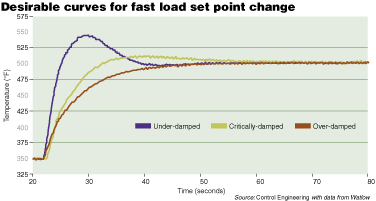
Some controllers offer different degrees of aggressiveness in executing a set point change. Make your choice based on how fast the process needs to change against the product's ability to tolerate being overheated.
There are two levels of sophistication in this technologywww.cechina.cn, commonly referred to as auto-tune and adaptive-tune (or continuous tune). Auto-tune is generally offered as a standard feature and relies on characterizing the system through artificial manipulation of control output power levels. however, this is generally impractical to do during production operation. The software watches the process and analyzes its response while applying either a step increase in fixed power level, or cycle-tune using oscillating power levels. The step-tune approach performs best when started from a stable, constant process. The cycletune is not as dependent on initial conditionsCONTROL ENGINEERING China版权所有, but the process must be able to handle the amplitude of the necessary oscillations.
Adaptive-tune generally implies an increase in cost and requires more intelligence built into the controller. It must be able to monitor the process during production operation and judge when and how to modify PID parameters to maintain stability as conditions require. It characterizes the process without having to manipulate


 在线会议
在线会议 论坛
论坛 专题
专题 工控直播
工控直播 新闻中心
新闻中心 子站
子站 技术
技术 社区
社区



 IDEC HR8S系列新一代安全继电器有奖试用活动
IDEC HR8S系列新一代安全继电器有奖试用活动 2025(第二十一届)年度最佳产品奖有奖投票中
2025(第二十一届)年度最佳产品奖有奖投票中 AVEVA剑维软件食品饮料行业白皮书有奖下载
AVEVA剑维软件食品饮料行业白皮书有奖下载 立即有奖下载TE重载连接器选型指南
立即有奖下载TE重载连接器选型指南 2025(第十四届)全球自动化和制造主题峰会
2025(第十四届)全球自动化和制造主题峰会